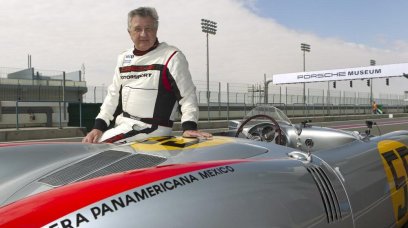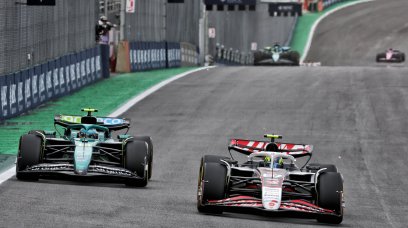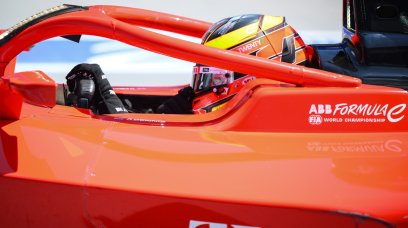Formula 1 teams have been granted more methods to fix their power units issues after a meeting of the FIA World Motor Sport Council. In a reaction to the reliability issues F1 teams have faced this season, the FIA have made amendments to the 2022 Sporting and Technical Regulations. As part of these amendments, teams will be permitted to make "temporary repairs" to the power units to ensure their survival. According to the updated Technical Regulations, the "requests for repair of a PU component in the form of a patch made of the same material or made of composite material, following damage or failure, may be accepted if it is only local and minimal." Alongside this, the FIA have allowed a power unit to be replaced in Parc Fermé "with one of a newer specification", as long as the components come from that car's allocation of parts. Previously, replacements to power unit components in Parc Fermé conditions would result in a back-of-the-grid penalty. The rules regarding power unit component allocation still apply.
FIA lay foundations for porpoising punishments
The FIA also issued an update regarding the 'dangerous construction' of a team's car, in a move which would allow them to make decisions on the levels of bouncing or 'porpoising' a car sustains. A technical directive was previously issued warning teams that they will start to monitor the levels of bouncing on a car. From today, the regulations reflect the FIA's desire to make these car safety decisions during a race weekend as the data gathering process happens. The regulations now reads: "The stewards may prohibit the participation of a vehicle whose construction is deemed to be dangerous. Should the relevant information become apparent during a session, such a decision may apply with immediate effect."
Fuel, rear wing and mirror regulation amendments
Amid concerns over fuel cooling issues in the earlier, hotter races of the season, teams will now be permitted to reduce fuel temperature down to 20°C in order to cope with hotter temperatures. The FIA added that new fuel flow meters must be used in order to monitor the fuel temperatures. Changes to the rear wing flexibility tests include an increase in the amount a rear wing mainplane can deflect, which has now increased from 2mm to 3mm, and a change to the beam wing flexibility test. Whilst the beam wing test has become more in-depth, the beam wing now cannot deflect any more than 3mm (previously 5mm) and the two 150N loads (previously one 60N load) applied will be across a wider section of wing. The FIA confirmed that an 85mm-diameter spherical gauge has now been introduced, which teams must ensure does not pass through the open gap in the DRS slot. Teams will also have to install markers onto their rear wings, which will be picked up by the car's onboard cameras to monitor the rear wing deflection. Tweaks to the regulations regarding the car's mirrors have also been made to allow for greater visibility, and the rules regarding the tyre tests have expanded on. Finally, the driver's press conference has now returned to Thursday's, and will 'commence 23 hours prior to the start of practice 1'.
Most read






